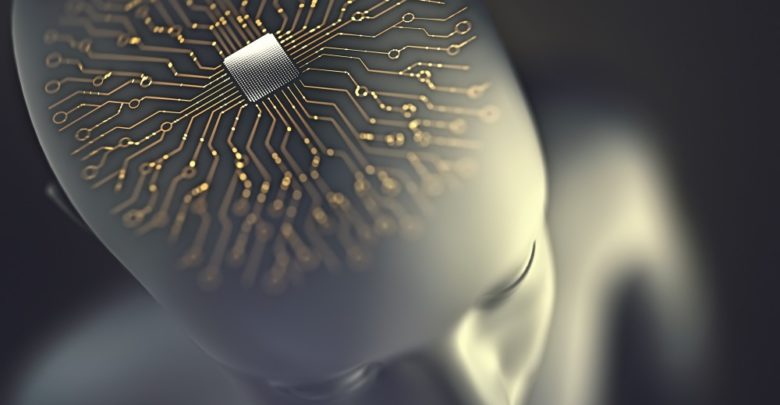Neuromorphic Technology
Source: The Hindu
Introduction:
- Artificial Intelligence & machine learning can cause a veritable revolution in the working of the world today.
- Yet their development is hindered by the fact that the present state of the art in electronics does not match the required.
| In a move towards developing devices that can mimic the workings of neurons in the brain, researchers have designed neuromorphic devices using organic materials that were not used hitherto. |
- Organic materials had been considered the poorest of different material types in making computing components because they were fragile & unstable.
- The organic materials can compute reliably & in some aspects, are even better than inorganic materials.
Plastic Brain:
- The human brain which inspired the researchers in their work is vastly outperforms any artificial electronic analogues in terms of its learning, cognition & decision-making ability.
- Its remarkable performance uses up just 20 watts of power over a space of 1260 cc.
- Some of the properties that it exhibits which are desirable include interconnectedness & reconfigurability.
- The neurons in the brain operate on the verge of chaos with a highly non-linear feedback mechanism.

Functionalities:
- Molecular materials are characterised by interactions between molecules & ions, which then present a multi-dimensional landscape of parameter space that can be tinkered with, to develop suitable functionalities.
- A question was raised, is it possible to manipulate many-body interactions to achieve plasticity& reconfigurability in the devices?
- It is done by measuring the current-voltage curves as a function of temperature over a wide range.
- It could be captured by functionalities spanning bipolar, unipolar, non-volatile & volatile memristors.
- This is an insane amount of variability, to describe this, the researchers have to design a mathematical space that could enable almost all possible characteristic variations desirable in neuromorphic devices.
- The same device could be operated both in analogue & digital regimes by tuning the activation energy.
Working Mechanism:
- The challenge was that during low-temperature measurements, in molecular memristors, the switching responses quenched or flattened out as the temperature was lowered.
- It's possible to make it work because the molecular devices are robust and switching mechanisms have a thermodynamic component that still occurs even when the device is cooled.
Epilogue:
Researchers from IISc(Indian Institute of Sciences), Bangalore, said that they are confident of being able to develop a functional neuromorphic platform based on metal complexes which could be the world's first molecular neuromorphic technology.




